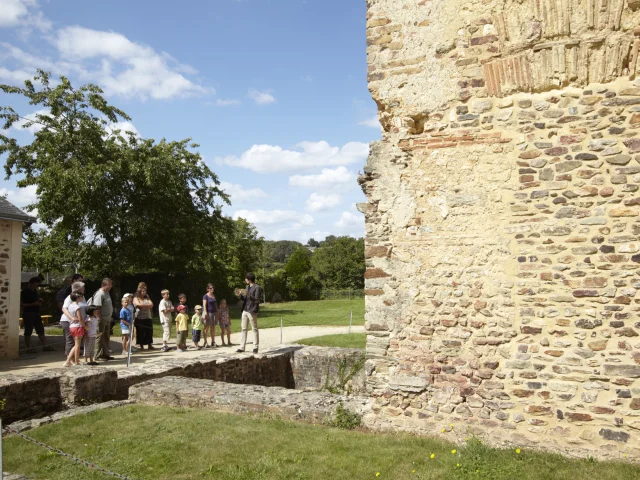 Prisma
Prisma 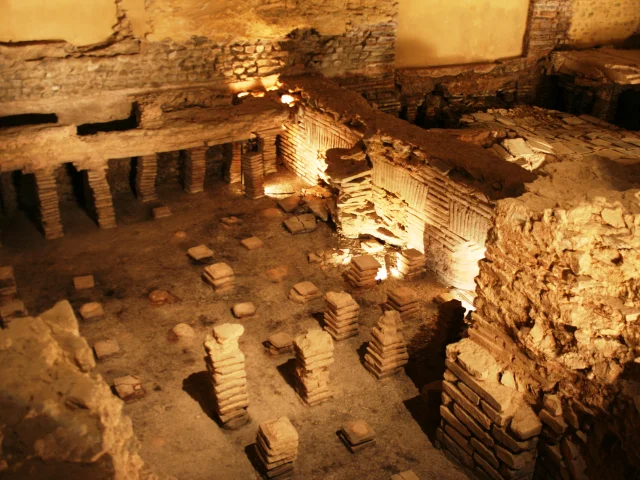
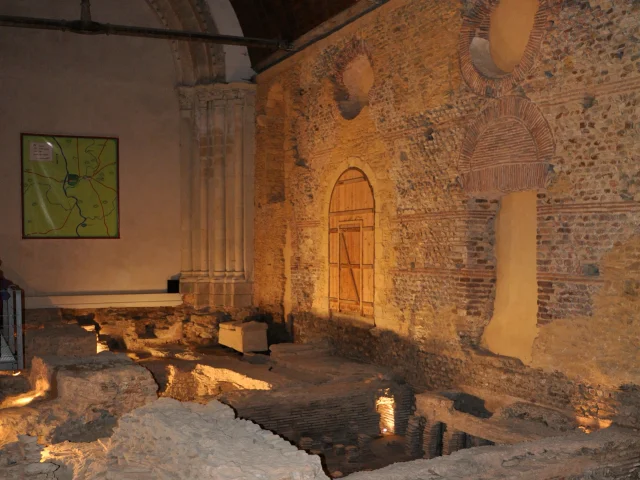
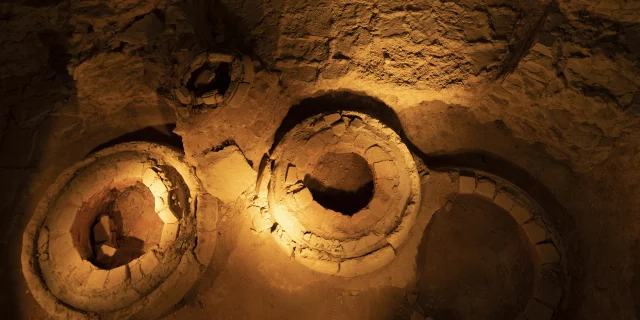
It all began in 1976, with the discovery of a 50-hectare Gallic oppidum near the Port du Salut abbey. Settled between two arms of the river forming a natural moat, the Gauls chose a strategic location, close to a ford on a key traffic route. The Romans, fascinated by this ideal position, took over the site and extended their influence to the present-day village.
But the major discovery came in 1987, during work on the church: behind plaster, sandstone and brick walls revealed an exceptional Roman building. The site turned out to be a thermal bath, perfectly integrated into the history of Entrammes and today a witness to its rich past. An immersion not to be missed!
 Prisma
Prisma 

The Entrammes thermal baths reveal an ingenious organization, designed for a complete wellness ritual. It all began with the changing room, set slightly apart from the other rooms, where visitors removed their shoes and left their belongings.
They then passed through the cold room to the warm room, a transitional space where gentle heat prepared the body. Massages were offered to relax the muscles. The journey continued in the steam room, a veritable ancient hammam, for an intense sweat session.
The highlight of the ritual was the hot room, with a large wall-mounted pool perfect for a relaxing soak. Finally, back to the cold room for an immersion in unheated water, an invigorating custom that still echoes in Nordic traditions today.
A true journey into the art of Roman bathing, where well-being and refinement went hand in hand.
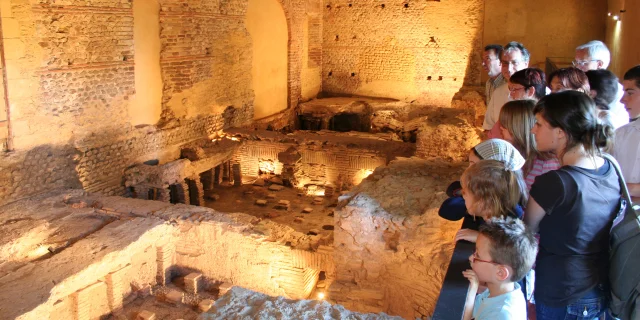
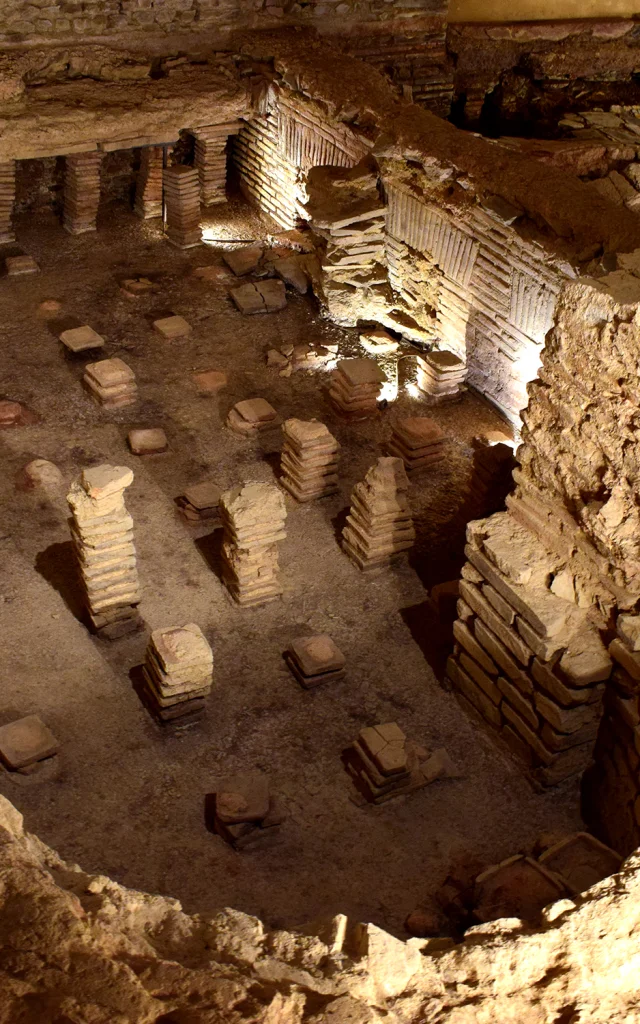
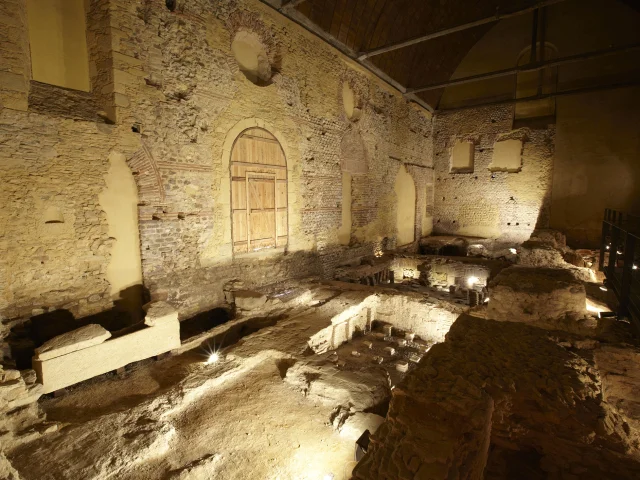
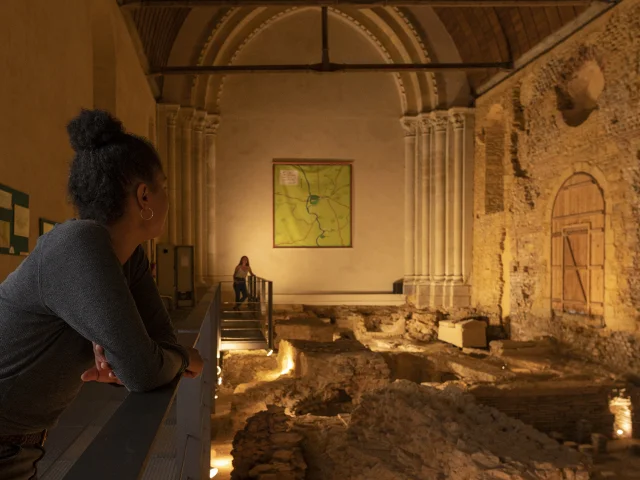
The thermal baths of Entrammes, witnesses to Roman grandeur, have undergone an incredible transformation over the centuries. Although their use as a public place probably came to an end with the barbarian invasions of the 3rd century, the building did not disappear. The Christianization of the region gave new life to this impressive structure: its adjoining rooms were refurbished to become a Paleo-Christian church.
The brick walls were knocked down to create an open space, and a new floor was installed. To the east, liturgical furnishings worthy of the earliest Christian churches were added: a presbytery accessible by marble steps and an ambo for reading sacred texts. Excavations also revealed Merovingian sarcophagi and bell moulds dating from the 17th and 18th centuries, bearing witness to centuries of religious history.
Today, this exceptional heritage is brought to life with a captivating sound and light show and a virtual reconstruction of the Gallo-Roman baths. Take a tour of the site as if you were there, at the crossroads of ancient elegance and Christian spirituality. An immersive experience not to be missed!